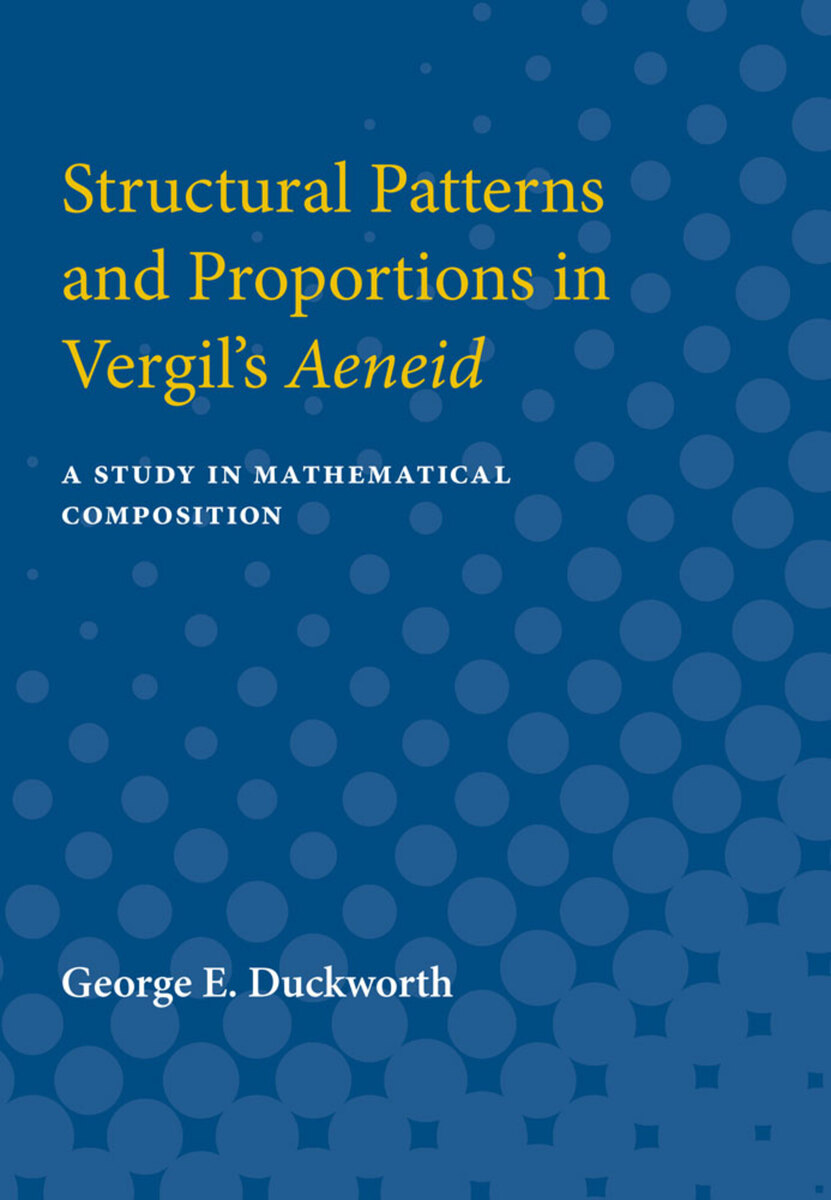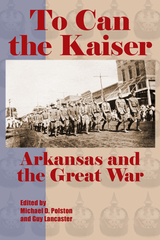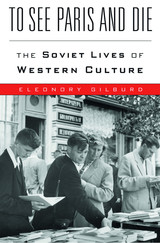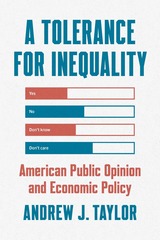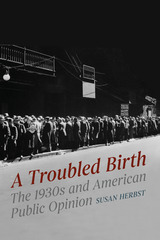Structural Patterns and Proportions in Vergil's Aeneid: A Study in Mathematical Composition
University of Michigan Press, 1962
Paper: 978-0-472-75111-2 | eISBN: 978-0-472-91372-5 (OA)
See other books on: Duckworth, George | Social Science | Vergil's Aeneid
See other titles from University of Michigan Press
Paper: 978-0-472-75111-2 | eISBN: 978-0-472-91372-5 (OA)
ABOUT THIS BOOK
ABOUT THIS BOOK
m/M = M/(M + m) = 1/2 (v5 - 1) = .618 = the key to the most exciting discovery in the history of Vergilian criticism.As a result of intensive research and study in the poetry of Vergil, George Duckworth has made a remarkable find: Vergil, as well as other poets of his century, deliberately used the Golden Mean ratio to give mathematical symmetry to the structure of his poetry.The author gives a full and critical account of the scholarship, which up to now has been devoted to the construction of the Aeneid. In turn, he traces the Golden Mean ratio—famous in mathematics, art, and architecture—everywhere in the main divisions and subdivisions, in the short speeches, and in the long narrative units of the Aeneid.Duckworth proves with his data that consecutive units of the epic are proportionate to one another in the ratio .618. With the longer and shorter passages denoted as M (major) and m (minor), the exact ratio is: m/M = M/(M + m) = 1/2 (v5 - 1) = .618, being achieved most frequently by the Fibonacci series in which each number is the sum of the two preceding numbers.This extraordinary book provides a new awareness of the marvelous structure of Vergil's poetry. It is an essential text for resolving the disputed passages in Vergil. George Duckworth has pioneered a structural analysis that will not only make obsolete much Vergilian criticism but will, in addition, serve as a basis for future research.
See other books on: Duckworth, George | Social Science | Vergil's Aeneid
See other titles from University of Michigan Press
